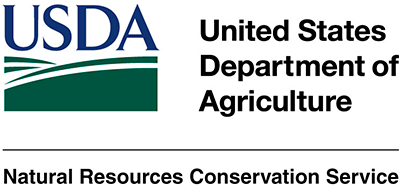Forests are widely recognized for their critical importance in helping mitigate and buffer climate change. For example, forests keep toxic levels of carbon out of the atmosphere and help to control flooding and erosion. Climate change, however, is putting forests in Rhode Island and throughout the Northeast under stress.

In southern New England, the average temperature has increased by more than 3 degrees Fahrenheit since the beginning of the 20th century and spring is arriving sooner on average each year. The region has experienced a significant increase in flooding and heavy rains as well. Climate data show these temperature and rainfall patterns will continue to worsen over time. An engaging story map developed by the USDA Forest Service provides more information on climate changes.
In Rhode Island, the 2018 Statewide Climate Resilience Action Strategy identified forests as a natural system that provides crucial services to communities and recommended that Rhode Island protect remaining forests and support healthy forest management practices. The 2020 Rhode Island Forest Action Plan explains how climate change is increasing stress on Rhode Island forests.
Specific climate-related risks identified by the USDA Forest Service include:
- Increased drought
- Increased stress from pests and diseases
- More competition from invasive plants
- Loss of forest habitat
- Loss of native plant and animal species (including pollinators and migrating species)
These climate change-induced threats are putting additional stress on our forests and affecting the health of forest ecosystems and the many species that rely on them.






